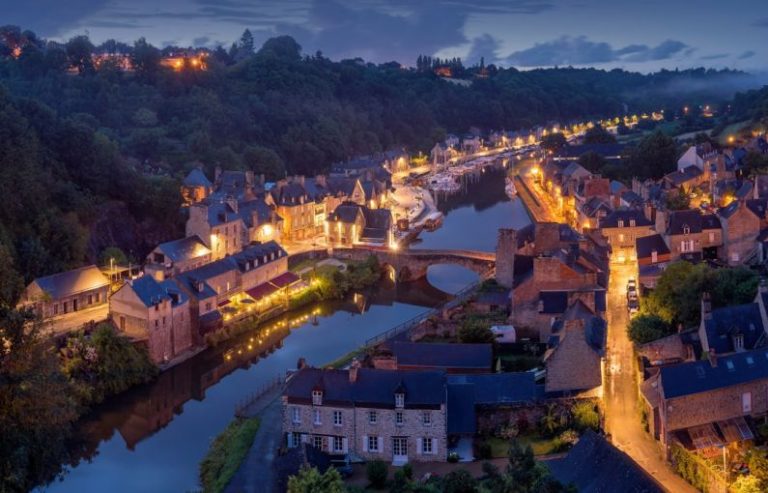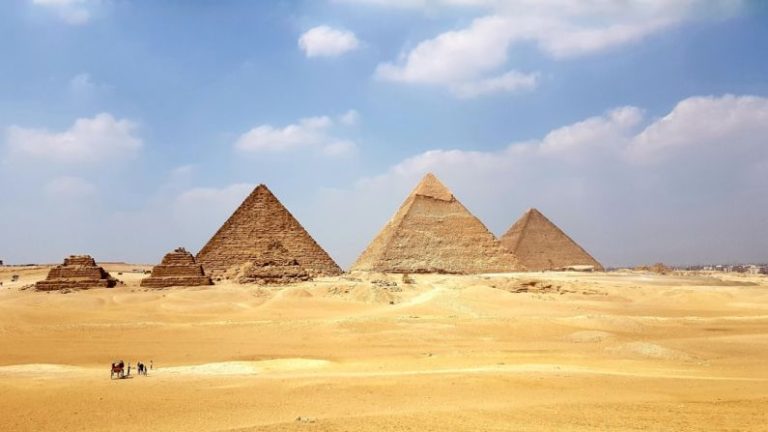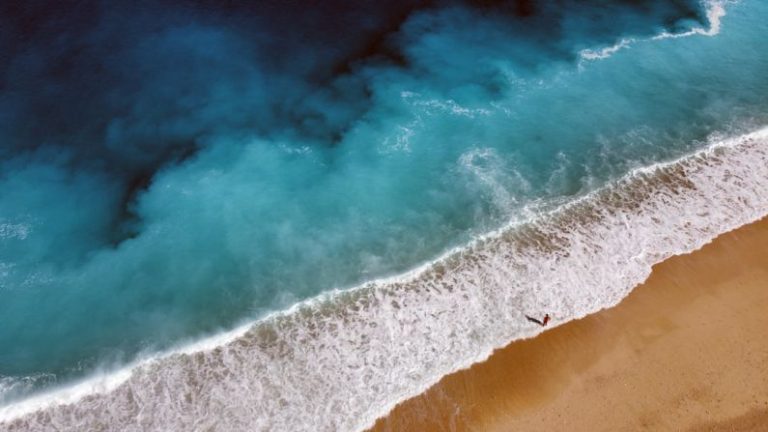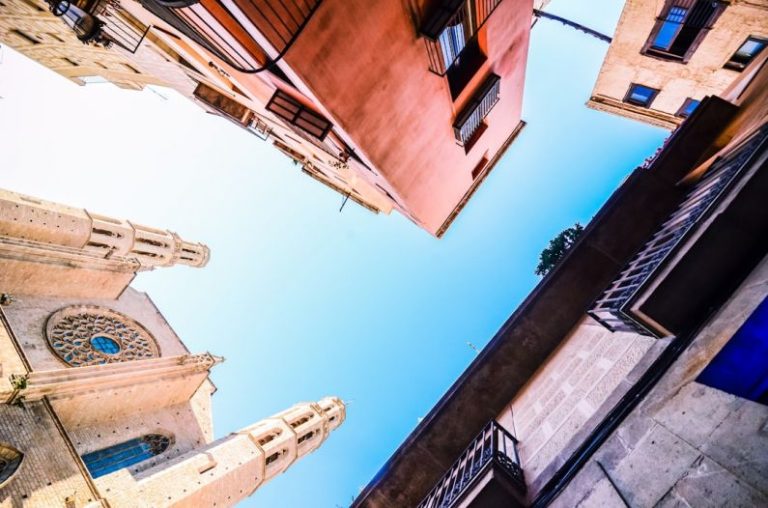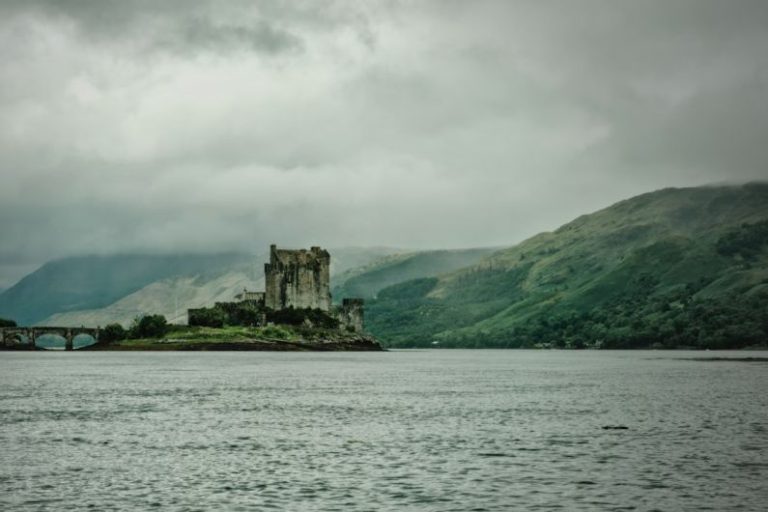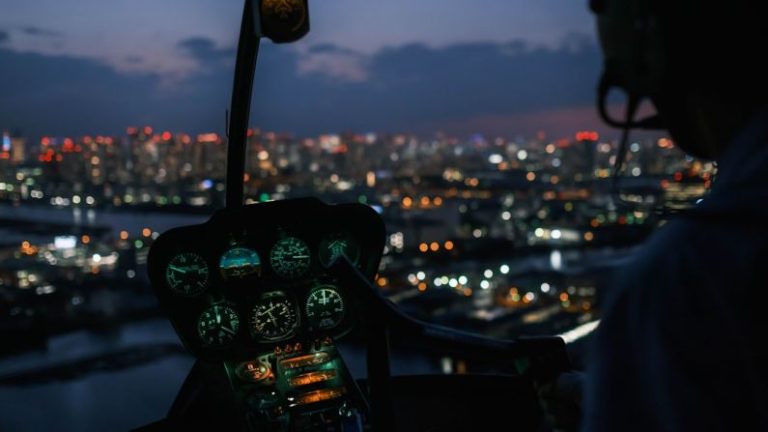Exploring the Ruins of Machu Picchu, Peru
Perched high in the Andes Mountains of Peru, the ancient Incan citadel of Machu Picchu stands as a testament to the ingenuity and architectural prowess of its creators. This UNESCO World Heritage site is a marvel to behold, attracting millions of visitors each year who come to explore its mysterious ruins and uncover the secrets of its past. From its breathtaking panoramic views to its intricate stone structures, Machu Picchu offers a glimpse into the rich history and culture of the Inca civilization.
**Uncovering the Mysteries**
As you make your way through the winding paths and steep staircases of Machu Picchu, it’s easy to be struck by the sense of awe and wonder that permeates the air. The site was built in the 15th century at the height of the Inca Empire, but its purpose and function still remain a subject of debate among historians and archaeologists. Some believe it served as a royal estate for Incan emperors, while others suggest it may have been a ceremonial center or even a strategic military outpost.
**The Architecture of Machu Picchu**
One of the most fascinating aspects of Machu Picchu is its remarkable architecture, which seamlessly blends into the natural landscape of the surrounding mountains. The Incas were master builders, and their skill is evident in the precision with which they cut and fitted the massive stone blocks that make up the structures of the site. The Temple of the Sun, the Intihuatana stone, and the Room of the Three Windows are just a few of the highlights that showcase the Inca’s advanced knowledge of engineering and construction.
**The Sacred Intihuatana Stone**
At the heart of Machu Picchu lies the Intihuatana stone, a sacred ritual stone that was believed to have been used by the Incas for astronomical observations and ceremonies. The name “Intihuatana” translates to “Hitching Post of the Sun,” reflecting the stone’s purported function in connecting the sun to the earth. Today, visitors can marvel at this ancient relic and contemplate the spiritual significance it held for the Incan people.
**The Spiritual Significance of Machu Picchu**
For the Incas, Machu Picchu was more than just a physical structure – it was a sacred space imbued with spiritual meaning and significance. The site’s strategic location amidst the mountains and its alignment with the sun and stars suggest that it may have been used for religious ceremonies and astronomical observations. Many visitors report feeling a sense of tranquility and connection to the past when exploring Machu Picchu, making it a powerful spiritual experience for those who venture there.
**Preservation Efforts and Sustainable Tourism**
In recent years, concerns have been raised about the impact of tourism on Machu Picchu’s fragile ecosystem and archaeological remains. To address these issues, the Peruvian government has implemented measures to limit the number of daily visitors and regulate access to the site. Additionally, sustainable tourism practices such as waste management and conservation efforts are being undertaken to ensure that Machu Picchu remains intact for future generations to enjoy.
**The Legacy of Machu Picchu**
As you stand atop the terraces of Machu Picchu, overlooking the sprawling ruins and verdant mountains beyond, it’s hard not to be struck by the enduring legacy of this ancient citadel. Despite centuries of abandonment and rediscovery, Machu Picchu continues to captivate the hearts and minds of all who visit, offering a window into the fascinating world of the Inca civilization. Whether you’re drawn to its mystical aura, its architectural marvels, or its breathtaking natural beauty, Machu Picchu is a destination that will leave an indelible mark on your soul.
**In Retrospect**
Exploring the ruins of Machu Picchu is a journey back in time, a chance to connect with a civilization that thrived in the midst of the Andean mountains. From its enigmatic structures to its spiritual significance, Machu Picchu offers a glimpse into a world long gone but not forgotten. As you wander through its ancient streets and contemplate the mysteries that still shroud this UNESCO World Heritage site, remember that Machu Picchu is more than just a collection of stone walls – it’s a living testament to the enduring legacy of the Inca people.

